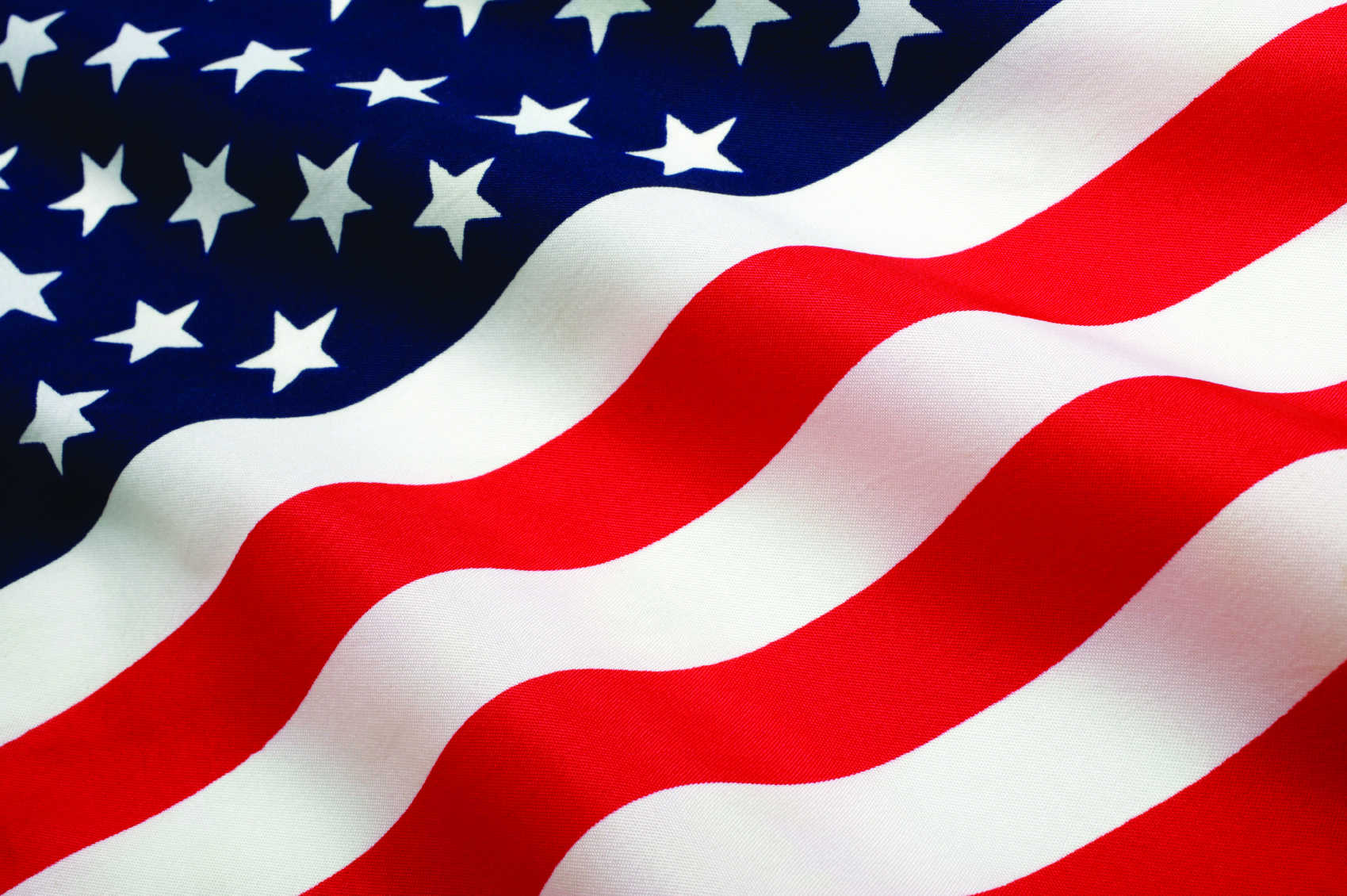Face masks are a symbol of the pandemic era. Some opt for a scarf wrapped around their face, others make do with a t-shirt yanked up over their mouth. The more creative folks hook colorful homemade varieties around their ears, while a lucky few wear distinctive surgical masks or, rarer still, N95 respirators.
While a few months ago, anyone wearing a mask in public would have drawn stares in many countries not used to this behavior, they are now a reminder of the strange times we live in. And as governments around the world start to ease their lockdowns to allow their citizens out to mingle in the wider world again, growing numbers of people are opting to wear face masks in public.
But there is still debate about whether members of the public should be encouraged to wear face masks at all. In the early days of the pandemic, many governments warned the public against wearing face masks for fear that demand would leave frontline health workers without vital supplies and that it may lull people into a false sense of security. Some – such as here in the US – have since reversed that advice. The state of Utah has said it will provide a free face mask to any citizen who requests it. And as reported by BBC, other countries such as the Czech Republic, Slovakia, Austria, Morocco, Turkey and Germany have all made wearing masks in public mandatory. It is predicted that others will follow their lead as they ease restrictions.
But can face masks really make a difference in our battle against Covid-19? To understand why face masks might work, it is important to look at how the virus that causes Covid-19 spreads in the first place. Once it has infected someone, the Sars-CoV-2 virus responsible for the disease hijacks their cells to replicate itself. As it multiplies, these new virus particles then burst out of the cells and become suspended in the bodily fluids in our lungs, mouth and nose. When an infected person coughs, they can send showers of tiny droplets – known as aerosols – filled with the virus into the air. A single cough can produce up to 3,000 droplets. There are fears the virus can also be spread simply through speaking.
One recent study, as reported by BBC, showed that we spray thousands of droplets invisible to the naked eye into the air just by uttering the words “stay healthy”. Once out of our mouths, many of the larger droplets will quickly settle onto nearby surfaces while smaller ones remain suspended in the air for hours, where they can be breathed in. While the behavior of the virus-filled droplets in rooms with air conditioning and outside environments are less well understood, they are thought to settle on surfaces more quickly in disturbed air. There are also some reports that the coronavirus can spread through ventilation systems in buildings.
The Sars-CoV-2 virus has been found to survive in these aerosol droplets for at least three hours, according to one study by virologist Neeltje van Doremalen and her colleagues at the US National Institute of Allergy and Infectious Diseases, Hamilton, Montana. Scientists are finding that this virus is “remarkably resilient in aerosol form” compared to other similar coronaviruses they studied.
One of the reasons widespread, public face mask wearing is so important with Covid-19 has to do with the prevalence of asymptomatic carriers who can still spread the virus to others. It is estimated that anywhere from 6% to almost 18% of those infected can carry the virus without developing symptoms. Add to this an incubation period of around five days, but up to 14 days in some cases, before symptoms develop and even those who do go on to show signs of being contagious can spread the virus to a lot of people before they start to fall ill.
With demand for surgical masks also high, many members of the public are being forced to make their own alternatives. There are already a wide range of designs available online for do-it-yourself mask makers, with most using cotton fabric to create a pocket that a filter of some kind can be placed in. Some suggest using vacuum cleaner bags, others add coffee filters between two bandanas or insert folded pillow cases. Masks made from allergy-reducing air conditioning filters and vacuum cleaner bags were found to work best, almost matching the performance of an N95 respirator.
But even with these imperfect options, wearing them in public could make a difference by helping to keep infection rates down as people come out of lockdown and start mingling again. For example, researchers at University College London have warned that the pavements in the UK’s busiest city, much like many others around the world, may not be wide enough to allow people to maintain a safe distance from each other. In confined spaces, such as on public transport, it is even harder.
Tests on homemade masks have shown they can still significantly reduce the spread of other viral infections such as influenza. They can also help to reduce the dispersal of the virus onto nearby surfaces when people cough. Provided enough people wear masks when venturing out in public, it could have a dramatic impact on how quickly the coronavirus starts to spread again, particularly if combined with other measures such as social distancing and handwashing. While face masks might bring a little discomfort and make it harder to spot the facial expressions of those we are talking to, those things are a small price to pay for keeping the people around us safe and well.









